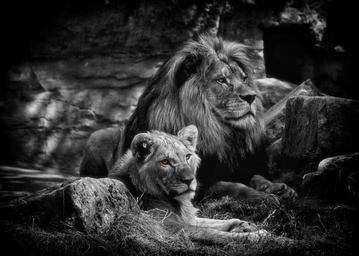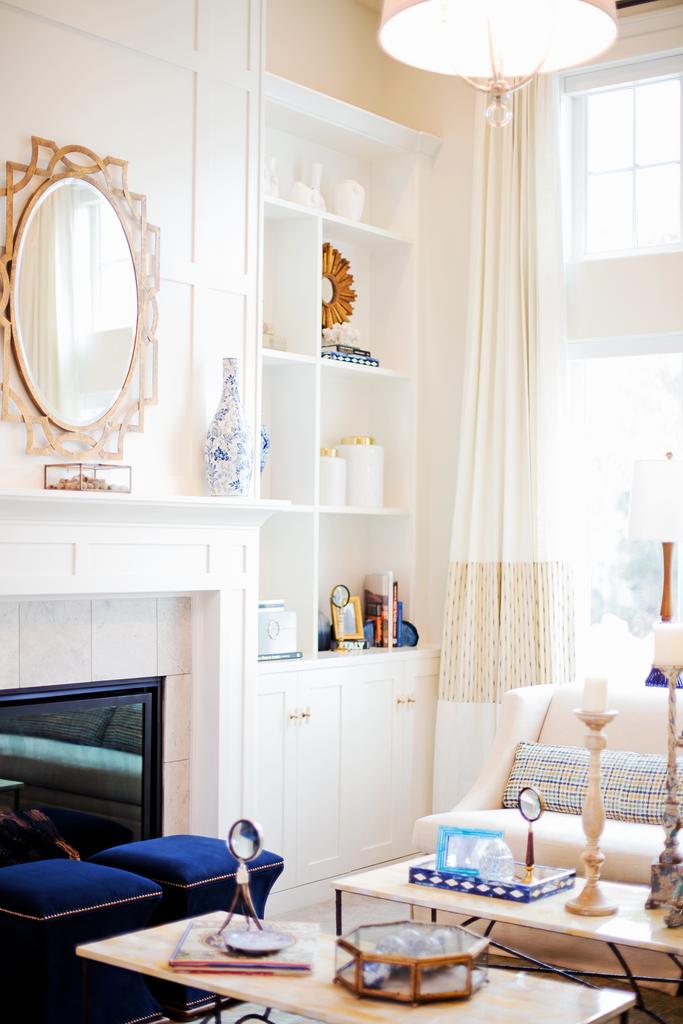Introduction
In an increasingly chaotic world, the art of photography offers a unique lens through which we can explore moments of stillness and contemplation. Contemplative Moments Captured: The Essence of Stillness in Art Photography delves into this juxtaposition of chaos and tranquility, revealing how photographers harness silence and reflection to create powerful, resonant images. This article will explore various aspects of contemplative photography, including aesthetic self-portrait photography, abstract self-portrait ideas, and the emotional depth conveyed through fine art photography.
Understanding Contemplative Photography
What Is Contemplative Photography?
Contemplative photography is more than just capturing images; it’s about immersing oneself in the moment to evoke feelings of peace and introspection. This genre encourages photographers to slow down, observe their surroundings, and capture what resonates deeply with them, often leading to powerful contemplative photos.
The Importance of Stillness in Art Photography
Stillness allows both the photographer and the viewer to engage with the artwork on a profound level. It serves as a counterpoint to our fast-paced lives, providing a sanctuary where emotions can be explored without interruption. This stillness is often reflected in aesthetic photos wall arrangements that adorn homes.
Aesthetic Self-Portrait Photography
Exploring Self-Expression Through Portraits
Self-expression plays a crucial role in aesthetic self-portrait photography. Photographers utilize their own images to convey emotions or narratives that resonate on a personal level. By experimenting with different styles—such as abstract self-portrait photography—individuals can discover new facets of their identity.
Faceless Self-Portrait Ideas
Faceless self-portraits challenge traditional notions of identity by emphasizing emotion over recognizable features. These portraits invite viewers to connect with the essence of the subject rather than specific characteristics, fostering a deeper sense of contemplation and connection.
The Intersection Between Art and Meditation
How Photography Can Be Meditative
Photography has meditative qualities that allow individuals to become grounded in their surroundings. By focusing on details—be it light filtering through leaves or reflections on water—photographers enter a state akin to mindfulness meditation.
Creating Rare Home Interior Pictures Through Meditation
Rare home interior pictures serve as visual meditations, transforming living spaces into sanctuaries for contemplation. These images encourage viewers to appreciate beauty in simplicity, reinforcing the idea that art can enhance our daily lives.
Aesthetic Photos That Speak Volumes
Choosing Aesthetic Photos to Print for Your Space
When selecting aesthetic photos to print for your walls, it's essential to think about how they resonate with your personal style and contribute to the overall ambiance of your space. Consider themes that evoke tranquility or inspiration—these will not only beautify your surroundings but also serve as daily reminders of stillness.
The Role of Color in Aesthetic Colorful Portrait Photography
Color plays an integral role in eliciting emotions from viewers. In aesthetic colorful portrait photography, vibrant hues can evoke joy and energy while softer tones may induce calm and reflection. The choice of color can significantly alter the mood conveyed by an image.

The Artistic Process Behind Contemplative Moments Captured: The Essence of Stillness in Art Photography
Finding Inspiration for Your Work
Inspiration is everywhere if you're willing to look closely enough! Nature walks, quiet cafes, or simply observing everyday life can spark ideas for contemplative moments captured through your lens.
Techniques for Capturing Stillness in Your Photos
To capture stillness effectively:
Use long exposure settings. Focus on solitary subjects. Incorporate negative space. Play with light and shadow.Each technique invites viewers into a moment frozen in time—a moment steeped in contemplation.
Why Do Many Contemporary Printmakers Prefer Linocut Over Woodblock Printing?
Contemporary printmakers often gravitate towards linocut techniques because they offer greater flexibility and ease compared to traditional woodblock printing methods. Linoleum is easier to carve than wood; thus allowing artists more freedom when expressing their creative visions while ensuring high-quality prints reminiscent of fine art photography.
The Evolution of Portrait Photography Through Time
Historical Context: From Traditional Portraiture to Modern Interpretations
Portrait photography has undergone significant transformations over centuries—from classical compositions highlighting aristocracy's grandeur to contemporary approaches focusing on individual narratives and unfiltered authenticity.
Current Trends Influencing Portrait Photography Today
Today’s portrait photographers often blend various styles—like combining elements from fine art photography with candid street shots—to create compelling stories that reflect modern life while maintaining an air of contemplativeness.
Emotional Depth: Why Contemplation Matters in Art Photography?
Art has always been an avenue for expressing complex emotions; however, contemplative moments elevate this expression by inviting viewers into deeper dialogues regarding their feelings or experiences related to serenity or introspection.
Connecting With Your Audience Through Emotional Resonance
Creating relatable content helps forge connections between artists' works and audiences’ experiences—emphasizing themes such as vulnerability or solitude evokes empathy within viewers who might see themselves reflected back at them through each piece captured thoughtfully behind the lens!
Conclusion: Embracing Stillness Through Art Photography
In conclusion, embracing stillness through art photography enriches both creators’ journeys and viewers’ experiences alike! By capturing contemplative moments filled with emotional depth while promoting aesthetics rooted firmly within individuality—the essence behind “Contemplative Moments Captured: The Essence of http://innervista374.lowescouponn.com/showcasing-art-in-entryways-to-welcome-guests-with-style Stillness in Art Photography” becomes apparent!
FAQs
Q1: What are some techniques used in contemplative photography?
A1: Techniques include using long exposures, incorporating negative space, focusing on solitary subjects, and playing with light/shadow dynamics.
Q2: How does color impact aesthetic colorful portrait photography?
A2: Colors elicit different emotions; vibrant hues bring energy while softer tones provide calmness—all contributing significantly towards mood creation within photographs!

Q3: What makes faceless self-portraits compelling?
A3: Faceless self-portraits emphasize emotion over recognizable features fostering deeper connections based solely upon feelings evoked rather than identities presented visually!
Q4: Why choose linocut over woodblock printing?
A4: Linocut is preferred due its ease-of-use compared traditional methods allowing artists greater creative freedom whilst ensuring quality craftsmanship remains intact!
Q5: How do you find inspiration for artistic photography projects?
A5: Inspiration can stem from nature walks casual observations everyday life whatever resonates deeply enough ignite creativity within you!
Q6: Why does emotional resonance matter in art photography?
A6: Emotional resonance fosters connections between artist's works audience experience encouraging dialogue surrounding themes vulnerability solitude amongst others!
By exploring these facets thoroughly throughout this article —we uncover rich layers existing beneath surface-level interpretations whilst celebrating artistry rooted firmly within introspective practices!